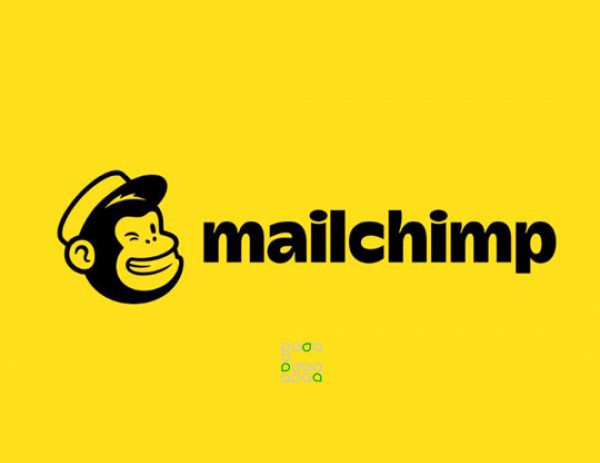
Influencer marketing has become one of the most powerful tools for modern brands. 94% of marketers already use it, as it delivers up to 11 times higher ROI than traditional advertising. By partnering with opinion leaders—whether they’re celebrities, niche experts, or everyday users with loyal online audiences—brands can promote their products and services in a more authentic and personal way.
According to statistics, 92% of consumers trust recommendations from individuals, even those they don’t know personally, more than brand messages. This trust is what makes influencer marketing a game-changer.
In this BrandOn blog, we’re sharing 5 effective strategies to help you boost your brand visibility and credibility through influencer collaboration.
1. Choose the Right Influencer
One of the costliest mistakes is partnering with the wrong influencer. It's critical to work with those whose audience matches your target demographic. Marketing agencies can help analyze follower data, engagement levels, and authenticity to ensure a strong fit.
Types of influencers:
2. Define Your Goals Clearly
Are you aiming to increase brand awareness, drive sales, grow your following, or launch a new product? Clear, measurable objectives help assess campaign performance. Your goals will also influence the type of influencer you should collaborate with.
Always benchmark your starting point—download current analytics to compare results later.
3. Focus on Creative and Emotional Content
Let influencers create content that feels natural and matches their style. Audiences are more responsive to relatable storytelling than to traditional ads.
Choose the right platform:
Match the platform to your audience’s behavior.
4. Embrace Micro-Influencers
Big follower counts don’t always mean high engagement. Micro-influencers with smaller but more loyal communities often deliver better results, especially in specific niches.
5. Think Long-Term
Ongoing collaborations are more impactful than one-off posts. Long-term relationships build trust and allow audiences to form genuine connections with your brand.
Influencer marketing also helps bypass issues like ad blockers. If you haven’t tried this approach yet, you're missing a valuable opportunity to get ahead of competitors.
Trend alert: Many brands now prefer working with micro-influencers, while others experiment with virtual influencers—computer-generated characters like those used by Prada. While they don’t inspire the same level of trust, they’re grabbing attention and reshaping the landscape.
Final thought: To run efficient influencer campaigns and avoid wasting time or money, consider partnering with a marketing agency. They’ll help you find the right voices to carry your message forward.